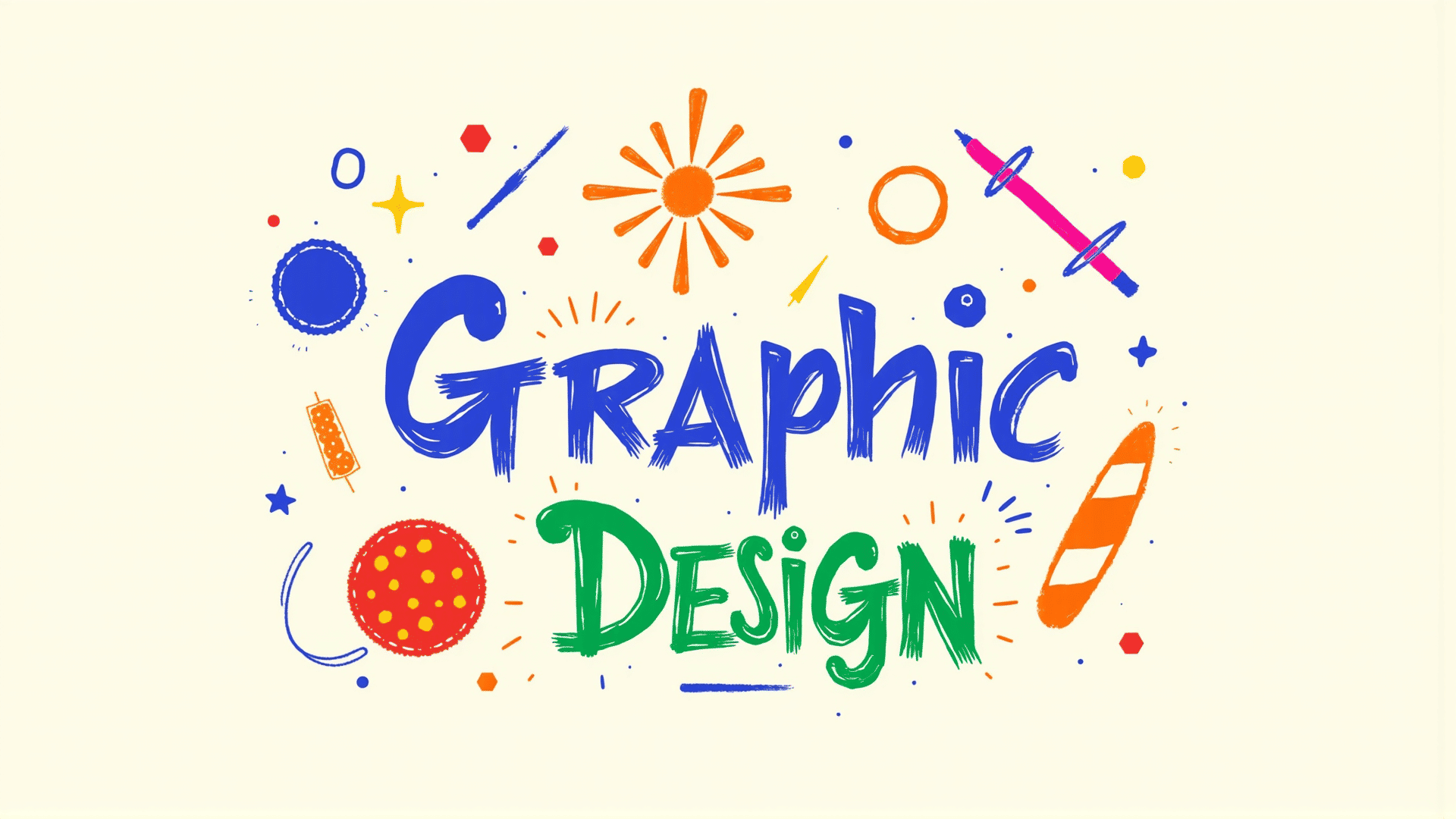Graphic design is a dynamic field that fuses creativity and communication. At its core are foundational elements and principles that all aspiring designers must grasp to create effective and captivating visuals.
1. Basic Elements of Graphic Design
The fundamental building blocks of graphic design are the elements, each serving a unique function but working collectively to achieve a harmonious composition.
-
Line: Lines direct the viewer’s eye and create movement. They come in various forms such as straight, curved, thick, or thin and can evoke different emotions and reactions.
-
Shape: Shapes are formed by the enclosure of lines or color. They can be geometric, organic, or abstract, each type conveying a distinct mood and message.
-
Color: Color is pivotal in design, affecting the mood and tone of a graphic. The color wheel, comprised of primary, secondary, and tertiary colors, helps in understanding color harmony and contrast.
-
Texture: Although often a visual illusion in digital mediums, texture adds depth and interest to designs. It mimics surface qualities, making flat images appear tactile.
-
Space: This element involves the arrangement of objects and can be used to create emphasis and denote importance. Space can be positive (object-filled) or negative (object-free), both essential for balance.
-
Form: Form relates to the three-dimensionality of an object and is often used to create depth within a graphic.
-
Typography: More than just font style, typography involves arrangement and selection of typefaces to enhance readability and aesthetic appeal.
2. Principles of Graphic Design
These principles are guidelines that help in the arrangement and organization of elements, ensuring a design is cohesive, effective, and visually engaging.
-
Balance: Balance can be symmetrical or asymmetrical, providing stability or dynamism. An even distribution of visual weight creates a harmonious composition.
-
Contrast: Utilizing differences in color, shape, or size, contrast highlights important areas and adds interest to a design, making it more engaging.
-
Emphasis: This principle involves highlighting key parts of a design to draw attention. It ensures important information stands out and maintains a cohesive narrative.
-
Proportion: Proportion involves size relationships between elements, creating unity and balance within a composition. Proper proportion is achieved when elements relate harmoniously in scale.
-
Rhythm: Similar to rhythm in music, visual rhythm is created through repetition, patterns, and variations, guiding the viewer's eye across the design.
-
Unity: Unity is the sense of oneness or cohesion. It ensures all components work together effectively, creating a pleasing and coherent overall effect.
-
Alignment: Proper alignment creates order and organization, guiding the viewer's gaze naturally through the design. It enhances readability and creates a professional appearance.
-
Hierarchy: This principle involves arranging elements to emphasize significance. Larger, bolder, or differing colors can establish a visual hierarchy that guides attention.
Mastering these elements and principles forms the basis of design literacy. They empower designers to craft visuals that not only attract but also clearly communicate intended messages. By understanding and applying these fundamentals, designers can innovate creatively while maintaining clarity and purpose in their designs.
